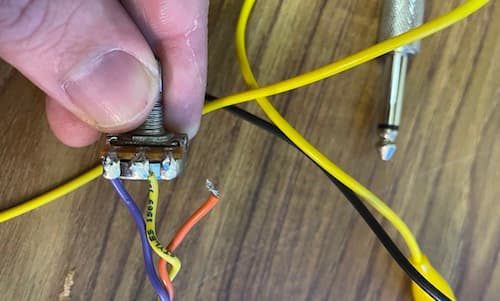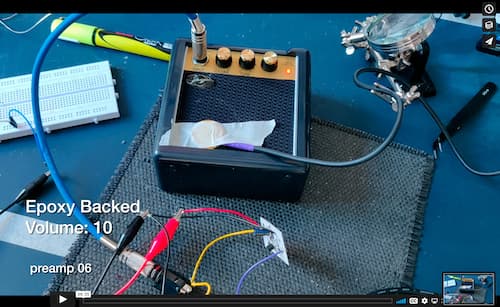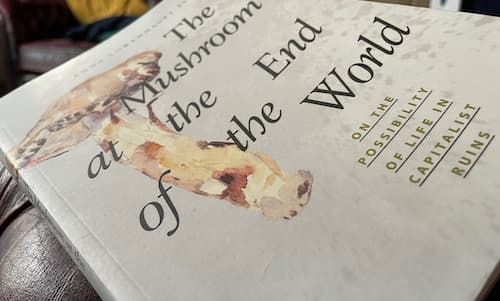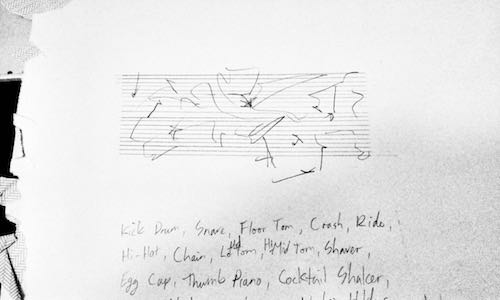I’m looking back through old drafts that I never got to finish and found, pretty much unaltered, the writing below. It was written in October 2019, not long after I’d started my PhD, and before the world turned to shit (well it was already a bin fire but you probably know what I mean).
It’s really interesting to note how my work has developed from these initial thoughts. I’ve figured out PCB design (well an artsy-fartsy version of it but it works for me), have been deeply engaging with the Blasser stuff, and these starting points have led to recent works-in-progress, namely the CNTNGNT PRMP and LM386 of Forking Paths (which I hope to be able to share later this year). I’ve also just finished a video paper for a symposium which wouldn’t exist if not for the forays that followed the plans below.
I need to stop kidding myself that I will keep this site regularly updated though. Sporadic dribs-and-drabs is the name of the game.
Still, it’s amazing and fascinating how these things develop…
2019-10-08
I’ve started a PhD. More on that later but I’m going to be using this site to record and document a fairly substantial part of my research and practice. I’ve a few things to catch-up here first, after which this should be fairly chronological and recent.
A massive part of my practice is making and performing with DIY audio electronics, something I’ve been devoting more and more time to. I’m currently learning a bunch of new skills and Peter Blasser’s work has ended up being a bit of a central point for a handful of current investigations.
I hadn’t heard of this stuff until quite recently, spotting some weird looking blocks of wood with banana sockets at Patch Point when I was living in Berlin.
The deeper I looked I came across Blasser’s paper circuits. I was familiar with the Rollz-5 that Meng-Qi had put together but didn’t know the full provenance of the project despite coveting the version Ian Watson had built.
This is where the path forks in several directions:
- Exploring the full array of paper circuits Blasser has published.
- There are a whole range of devices including the original Rollz project and its interconnected modules.
- There are also vastly different projects and this is a good opportunity to explore, test, and mess with a range of novel approaches to audio circuits.
- Trying these various projects gives me a range of new devices to play with and explore how they are used in performance. At the very least I can play some gigs and trial them.
- Discovering documented processes to turn this paper designs into Printed Circuit Boards (PCBs).
- Friends such as Phil Julian have also recently been having Blasser based PCBs manufactured and joining others and online communities opens up lines of questioning/exploration I might miss by myself.
- I’m dissatisfied with my previous experiences building PCBs using Fritzing as it feels like a very rigid grid system (not to mention how hard it is to build custom components) and paper circuits offer some alternative approaches.
- Blasser has developed his own language of symbols for components and again this opens up more creative approaches beyond rigid standardised methods.
- I have been exploring other software solutions for PCB design and have been trying KiCAD which is powerful but doesn’t feel quite right for me. I have been looking at Osmond but can’t get my head around it. The paper circuits are designed in Osmond so reverse engineering these might help me learn how to use it.
- Paper circuits offer a cheap method of rapid prototyping which I can start applying to my own projects/designs.




